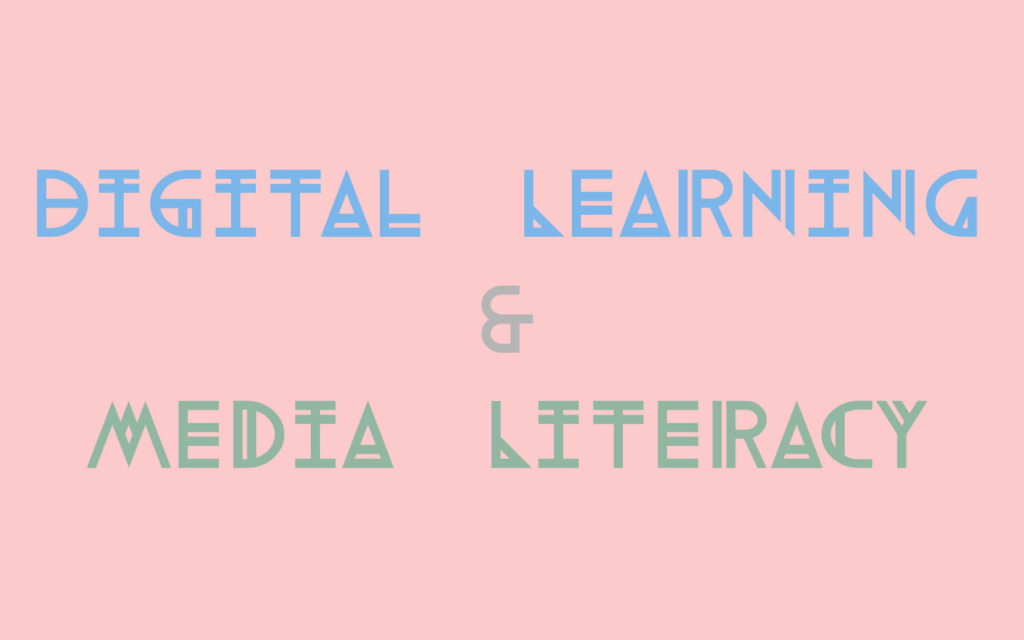 During the Lifelong Learning Week 2016 organised by the Lifelong Learning Platform, the second Digital Learning working group meeting took place at MundoJ, bringing representatives of the European Commission, Digital Europe and a number of other NGOs to discuss and share experience on the topic of Digital Learning. The objective of this discussion was to find a common ground and find possible project ideas. I was asked to make an introduction and overview on the topic: this was my contribution.
During the Lifelong Learning Week 2016 organised by the Lifelong Learning Platform, the second Digital Learning working group meeting took place at MundoJ, bringing representatives of the European Commission, Digital Europe and a number of other NGOs to discuss and share experience on the topic of Digital Learning. The objective of this discussion was to find a common ground and find possible project ideas. I was asked to make an introduction and overview on the topic: this was my contribution.
***
- Re-professionalisation of teachers: adequate teaching methods with digital tools;
- Social inclusion:, or address the Digital Divide - nothing else than educational (skill) gap which origins from socio-economic inequalities as much as gender, ethnicity and so on;
- Openness of Education: open up educational resources and remove barriers to access to educational materials;
- Active citizenship: re-discuss and promote engagement and e-participation in society, address the dangerous online/offline behaviours;
- Rethinking employment: reflecting about the fast changing jobs and to those skills & competencies needed for future jobs.
These are just some of the opportunities which Digital Learning and Media Literacy can bring to the table.
Unfortunately, the European discourse on Digital Learning seems to focus only on the skill mismatch, the example of that is the New Skills Agenda for Europe - the overarching topic of this year's Education & Training Forum. Tackling the digital skill mismatch, especially in professional terms is important the wide digital divide (as pictured ):
However, being digitally skilled does not mean being digitally literate. Being able to use digital devices doesn't equal being able to exploit them at their full potentials or use them critically. That is why despite the Skills need should be complemented with transversal competencies such as Media literacy and critical thinking.

"...children’s and young people’s ability to think critically and exercise judgement so that, particularly in the context of the Internet and social media, they are able to grasp realities, to distinguish fact from opinion, to recognise propaganda and to resist all forms of indoctrination and hate speech".


